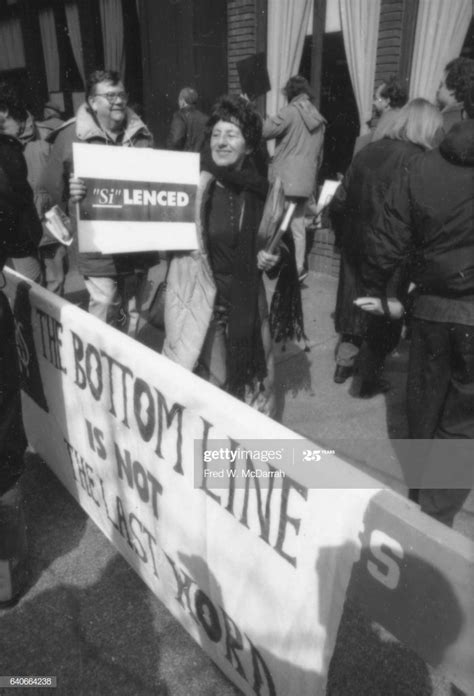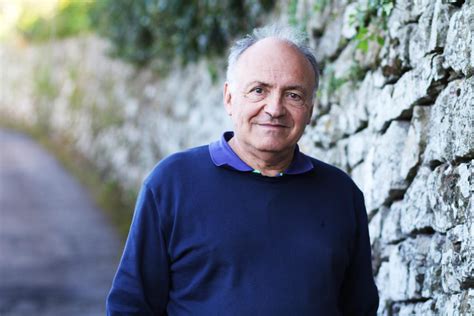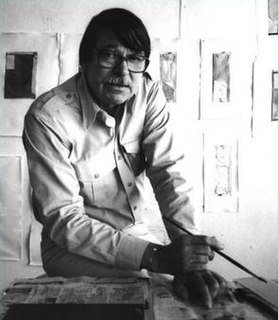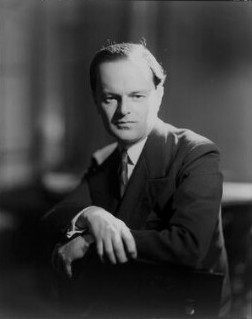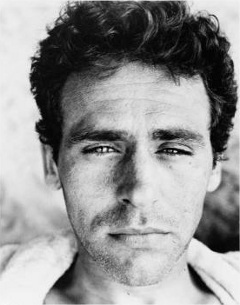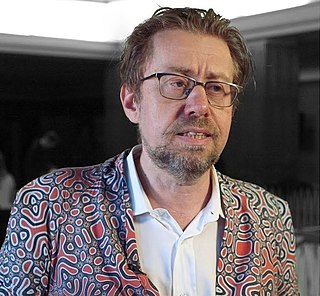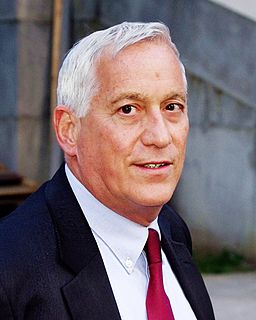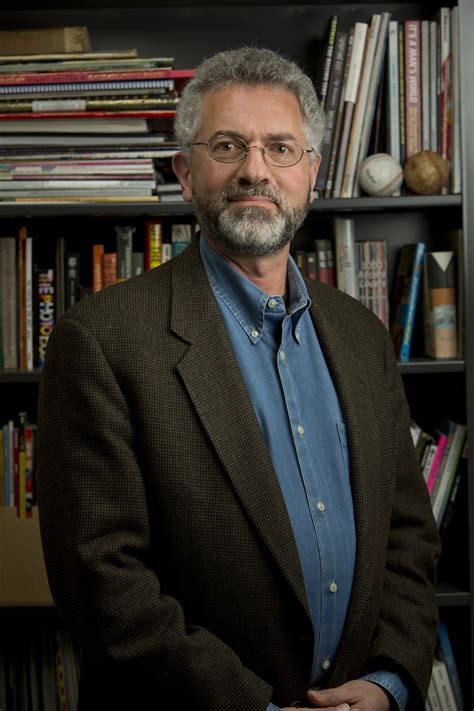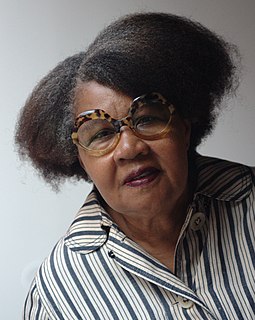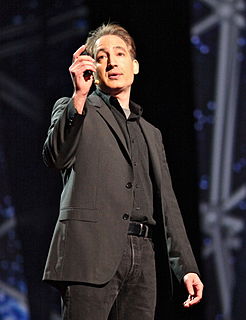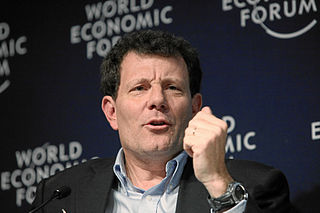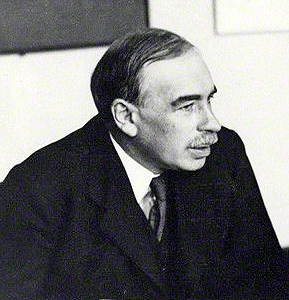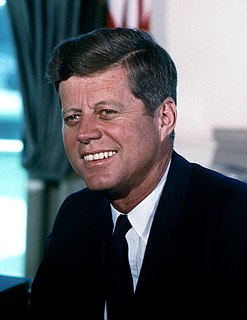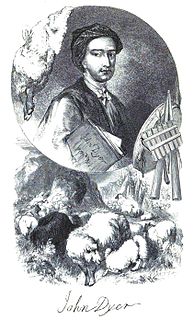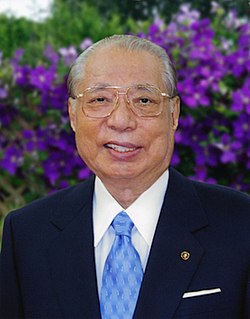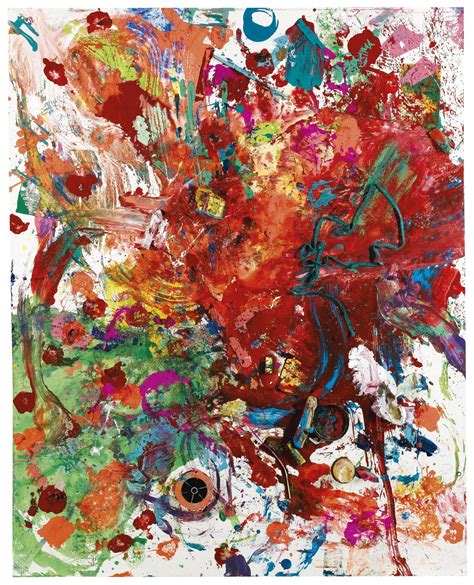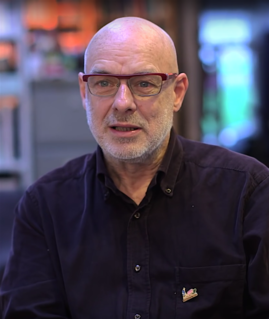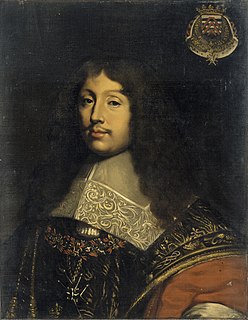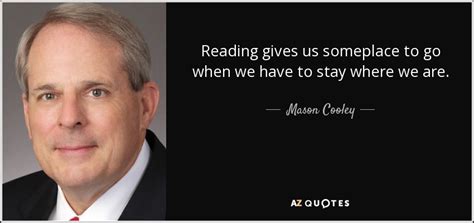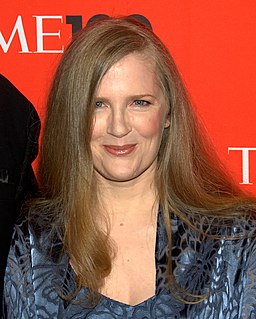A Quote by Dore Ashton
Raymond Hendler exhibited a group of abstract paintings that displayed rare high spirits. Using a great deal of fresh white, Hendler devised extremely simple symbols which he dispersed felicitously on his shining grounds. These bright, often linear hieroglyphs serve both as pictorial animators-they often flow in winding patterns or like fluent handwriting-and as references to the plentitude of the artist's existence. Gardens and sky and human joy are read in these exceedingly compressed forms.
Quote Topics
Abstract
Abstract Painting
Animators
Artist
Both
Bright
Deal
Existence
Extremely
Flow
Fluent
Forms
Fresh
Gardens
Great
Great Deal
Grounds
Group
Handwriting
High
His
Human
Joy
Like
Linear
Often
Paintings
Patterns
Pictorial
Rare
Raymond
Read
References
Serve
Shining
Simple
Sky
Spirits
Symbols
Using
Which
White
Winding
Related Quotes
All paintings start out of a mood, out of a relationship with things or people, out of a complete visual impression. To call this expression abstract seems to me often to confuse the issue. Abstract means literally to draw from or separate. In this sense every artist is abstract . . . a realistic or non-objective approach makes no difference. The result is what counts.
A lot of indigenous cultures are deeply involved in working with ancestor spirits, elemental spirits, and demons. Many of these cultures feel that, if you don't deal properly with ancestor spirits, then they come back and infest the living in the form of things like depression, addictive patterns, and neuroses. We in the modern West completely deny the existence of these spirits or other types of entities. And because we've denied them, we may have opened the gates for them to manipulate us in a lot of ways.
Leonardo da Vinci had such a playful curiosity. If you read his notebooks, you'll see he's curious about what the tongue of a woodpecker looks like, but also why the sky is blue, or how an emotion forms on somebody's lips. He understood the beauty of everything. I've admired Leonardo my whole life, both as a kid who loved engineering - he was one of the coolest engineers in history - and then as a college student, when I travelled to see his notebooks and paintings.
The culture in which you parent, mentor, or educate boys exhorts them to be individualistic and group-oriented at once, but does not give them a tribal structure in which to accomplish both in balance. It used to be that the tribe formed a boy's character while the peer group existed primarily to test and befriend that character. Nowadays, boys' characters are often formed in the peer group. Mentors and intimate role models rarely exist to show the growing boy in any long-term and consistent way how both to serve a group and flourish as an independent self.
In my writing, I'm often describing a universal situation. A situation in which human beings often choose to violate each other. Sometimes I happen to explore that in terms of the black/white dynamic. Generally, a white person does not like me to say, or does not like to be told, "You know, what you did was incredibly wrong."
The main challenge that television presents is that I have a tendency to say things with a great deal of precision and accuracy. Often a description of that sort, which will work in a book because people can read it slowly - they can turn the pages back and so on - doesn't really work on TV because it interrupts the flow of the moving image.
The master-economist must possess a rare combination of gifts. He must reach a high standard in several different directions and must combine talents not often found together. He must be mathematician, historian, statesman, philosopher - in some degree. He must understand symbols and speak in words. He must contemplate the particular in terms of the general, and touch abstract and concrete in the same flight of thought. He must study the present in the light ofthe past for the purposes of the future
Too often in the past, we have thought of the artist as an idler and dilettante and of the lover of arts as somehow sissy and effete. We have done both an injustice. The life of the artist is, in relation to his work, stern and lonely. He has labored hard, often amid deprivation, to perfect his skill. He has turned aside from quick success in order to strip his vision of everything secondary or cheapening. His working life is marked by intense application and intense discipline.
Quite often, and in fact more often, I would say, I'm struggling all the way through to think, "What is it I like about this? What is the personality of this thing I'm hearing that I like so much?" And it's nearly always a sort of mixed emotion, which is why I like it. It's something that I have mixed feelings about in the sense that it's both, say, placid and dangerous, or bitter and sweet, or dark and bright.
